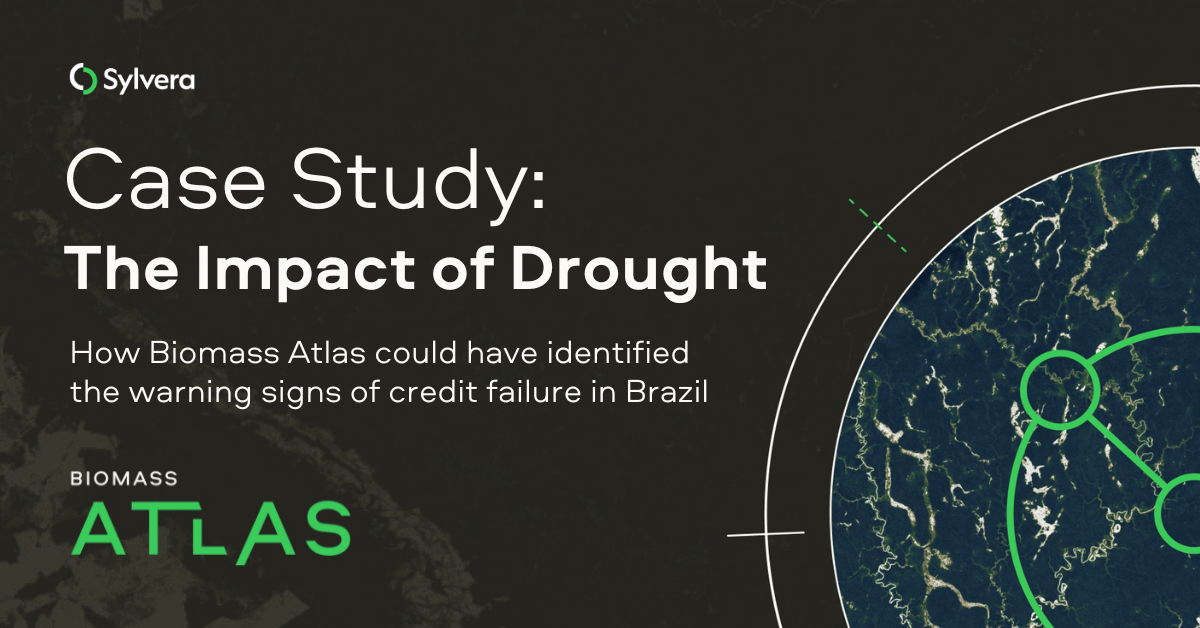“Over the years we’ve invested significantly in our field data team - focusing on producing trusted ratings. While this ensures the accuracy of our Ratings, it doesn’t allow the scale across the thousands of projects that buyers are considering.”
For more information on carbon credit procurement trends, read our "Key Takeaways for 2025" article. We share five, data-backed tips to improve your procurement strategy.

One more thing: Connect to Supply customers also get access to the rest of Sylvera's tools. That means you can easily see project ratings and evaluate an individual project's strengths, procure quality carbon credits, and even monitor project activity (particularly if you’ve invested at the pre-issuance stage.)
Book a free demo of Sylvera to see our platform's procurement and reporting features in action.
To limit warming to 1.5°C and mitigate the catastrophic effects of climate change, we need to achieve global net zero by 2050. Achieving this goal depends on three key factors, all of which demand significant investment from both the public and private sector:
- Corporates decarbonizing their operations
- Preventing land use emissions from deforestation
- Carbon removals expanded to 10 gigatonnes per year.
While all three factors have associated costs, no one actor is entirely responsible for it. As a result, increasing action and driving climate financing depends on an emerging system of incentives and penalties. Fortunately, both voluntary and compliance carbon markets can help fill critical gaps in funding and incentivize action that will lead to increased global emissions reductions and removals.
Over the past year, there have been a number of clear signs, standards, and regulatory measures that are bringing compliance and voluntary markets closer together. Expanding the existing compliance markets to include voluntary carbon credits will drive investment and innovation. It will also help lay the foundation for a real incentive system for corporate climate action to emerge.

Convergence between voluntary and compliance markets
A notable shift is underway as the VCM and compliance markets begin to converge. This shift is driven by two key trends: increased regulation in the VCM and the expansion of compliance markets.
Increased regulation in the voluntary carbon market
The VCM is under increased regulatory scrutiny, especially around the way corporates purchase carbon credits. As a result, there has been increased regulation and interest from regulatory bodies like the International Organization of Securities Commission (IOSCO) and the Commodity Futures Trading Commission (CFTC). In addition, participants in the VCM are now emphasizing quality, exploring ways to invest in projects earlier in order to have a greater say in project development. This blurs the lines between the traditionally less-regulated VCM and the compliance-focused markets.
The expansion of the compliance carbon market
Simultaneously, compliance markets are expanding into new sectors not previously covered, such as the inclusion of maritime transport in the EU ETS. Alignment with the goals of the Paris Agreement is prompting compliance markets to explore carbon removal credits, which currently only exist on the VCM. Compliance markets will need to expand to allow for durable removal credits—and this may mean opening their doors to VCM carbon projects.
Explore the Opportunities and the Implications in our Latest Whitepaper
To delve deeper into the convergence between voluntary and compliance markets and understand the opportunities and implications for your business and your carbon strategy, download our latest whitepaper. We outline everything you need to know about the current trends and offer insights into what you should do to prepare for this transformative shift—and how we can help along the way.











.png)



